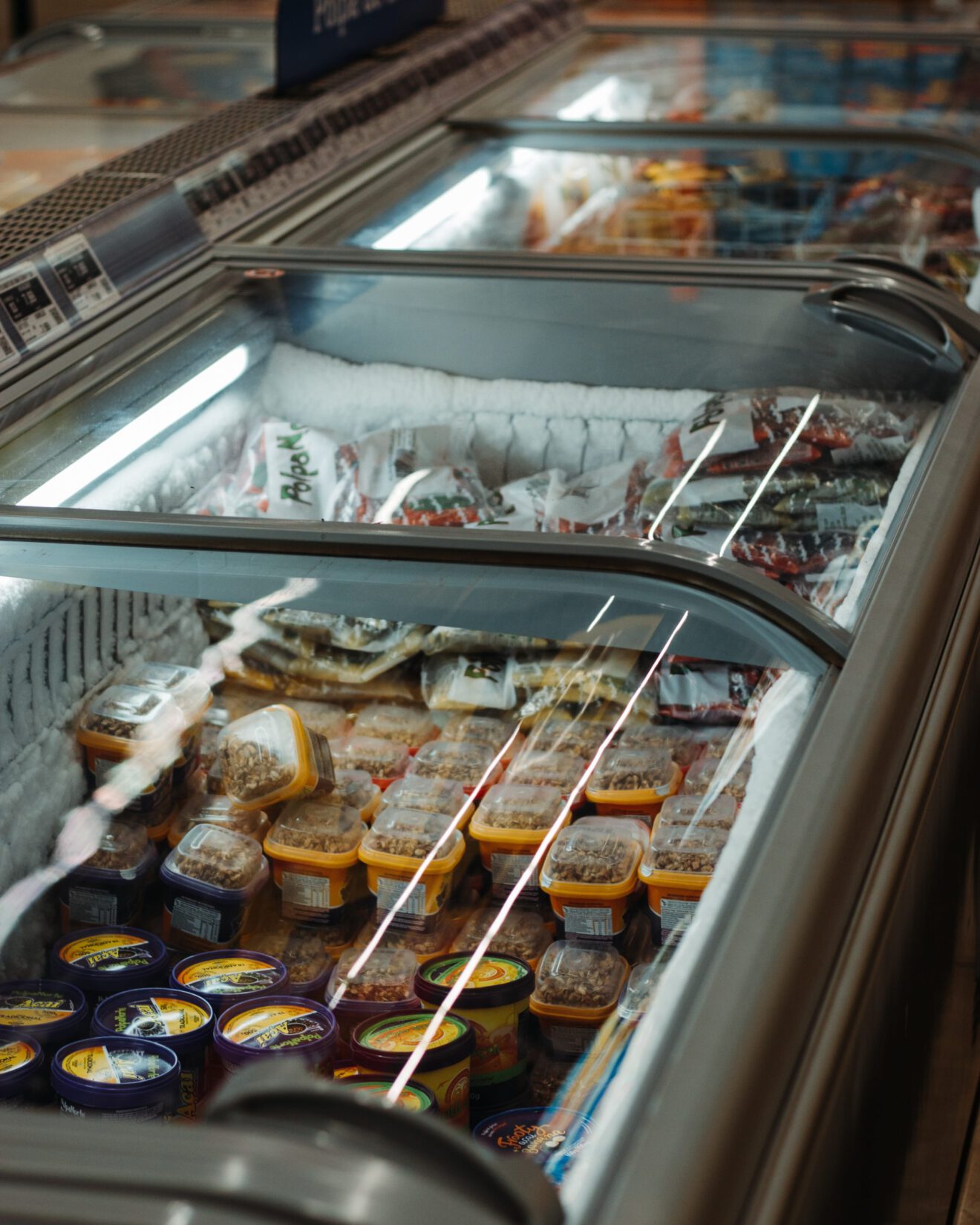You might not know it, but frozen foods have a long history in grocery retail. In 1924, Clarence Birdseye developed the technology to freeze food and that technology became the basis for frozen foods as we know them today.
During World War II, frozen foods gained in popularity as other foods were rationed, but the category started seeing a downward trend in interest after the war. New innovations in the 1950s renewed interest in frozen foods, and that interest kept growing well into the new millennium.
Fast forward to March 2020, when frozen foods became one of the hottest topics in grocery retail due to the novel coronavirus and the ensuing pandemic. Suddenly, grocery shelves were down to bare bones due to consumers’ rush to panic buy and stock up on essentials as the country went under stay-at-home orders. No category was left unaffected, including frozen foods.
Since then, interest in frozen foods has increased among consumers. Frozen foods suppliers have responded, tapping into consumer trends and expanding through innovation. There has also been a rapid rise in the number of frozen food suppliers that have joined with companies like product discovery and sourcing platform RangeMe — from the end of 2019 through April 2021, the actual number of suppliers on the RangeMe platform — of frozen meals and sides grew 131%, frozen meat grew 80% and frozen vegetables grew 101%.
Let’s take a look at three of the top trends in frozen foods:
1. Consumers are cool with frozen foods
Without a doubt, the COVID-19 pandemic has changed how people shop and what they’re shopping for. Frozen foods are a perfect example of that. The category has risen rapidly over the past year, with sales spiking 21% in 2020 and growing more than 13% in volume, according to a report from the American Frozen Food Institute and FMI — the Food Industry Association. At the end of 2019, there were 3,290 frozen food suppliers on RangeMe, and that number has jumped to 5,243 as of April 2021 — a growth of almost 60%.
Why the increase in popularity of frozen foods? Much of it has to do with the fact that more Americans eat at home these days, and cooking fatigue sets in fast. Consumers are reaching for frozen foods across breakfast, lunch and dinner, as frozen foods provide relief from the cycle of making three meals a day for a family. What’s more, consumers are purchasing products that meet their needs and values, and frozen food manufacturers are listening, which leads to the second trend we’re seeing.
2. Frozen food makers are innovating fast
The American Frozen Food Institute predicts that frozen foods will continue their upward trend well into 2021 based on several key factors, including that frozen foods manufacturers are providing offerings that meet consumers’ dietary needs. From plant-based foods to immunity-boosting foods to personalized nutrition, innovation in frozen food shows consumers that there is something for everyone in the freezer case that speaks to the varied lifestyles of consumers today.
3. Frozen food safety is on the rise
Food safety across categories has been a topic of note in the past year, as consumers are taking a deeper look at how their foods are processed and packaged, and wanting to ensure that what they’re eating is safe. In March 2020, in-person food inspections shut down, though technology gave rise to virtual audits later in the year to keep food safety in check. Government agencies, academic labs and trade associations have guidelines and best practices that manufacturers need to adhere to, and the AFFI notes that there are three essential programs that manufacturers should engage with to keep their products safe and, ultimately, build trust and loyalty:
- A Listeria control program, which brings together seven key areas to control risks around Listeria in food manufacturing facilities and offers recommendations and resources for manufacturers.
- Employing a robust cleaning and sanitation program to prevent cross-contamination, spoilage and foodborne pathogens.
- Establishing a microbiological sampling and testing program to identify microbiological hazards within production and to help verify a food safety program’s effectiveness.
The future is frozen
The frozen food category has seen growth over the past year, it doesn’t look like it will slow down. Not only has the ongoing pandemic played into that, but even before COVID-19, research was showing a new generation of frozen food shoppers coming up. Millennial interest has helped — a CB Insights report noted that this generation spends 9% more on frozen foods than other age demographics, and Gen Z is not far behind.
Considering all of these factors, it’s clear that frozen food is a category that will shine in grocery retail.
Brandon Leong is vice president of marketing & growth for RangeMe, the industry standard online sourcing platform that streamlines new product discovery between suppliers and retailers. Some 70% of the top 100 retailers in the US, as well as thousands of independent retailers, use RangeMe as an efficient way to discover innovative new products and manage the inbound product submission process.
